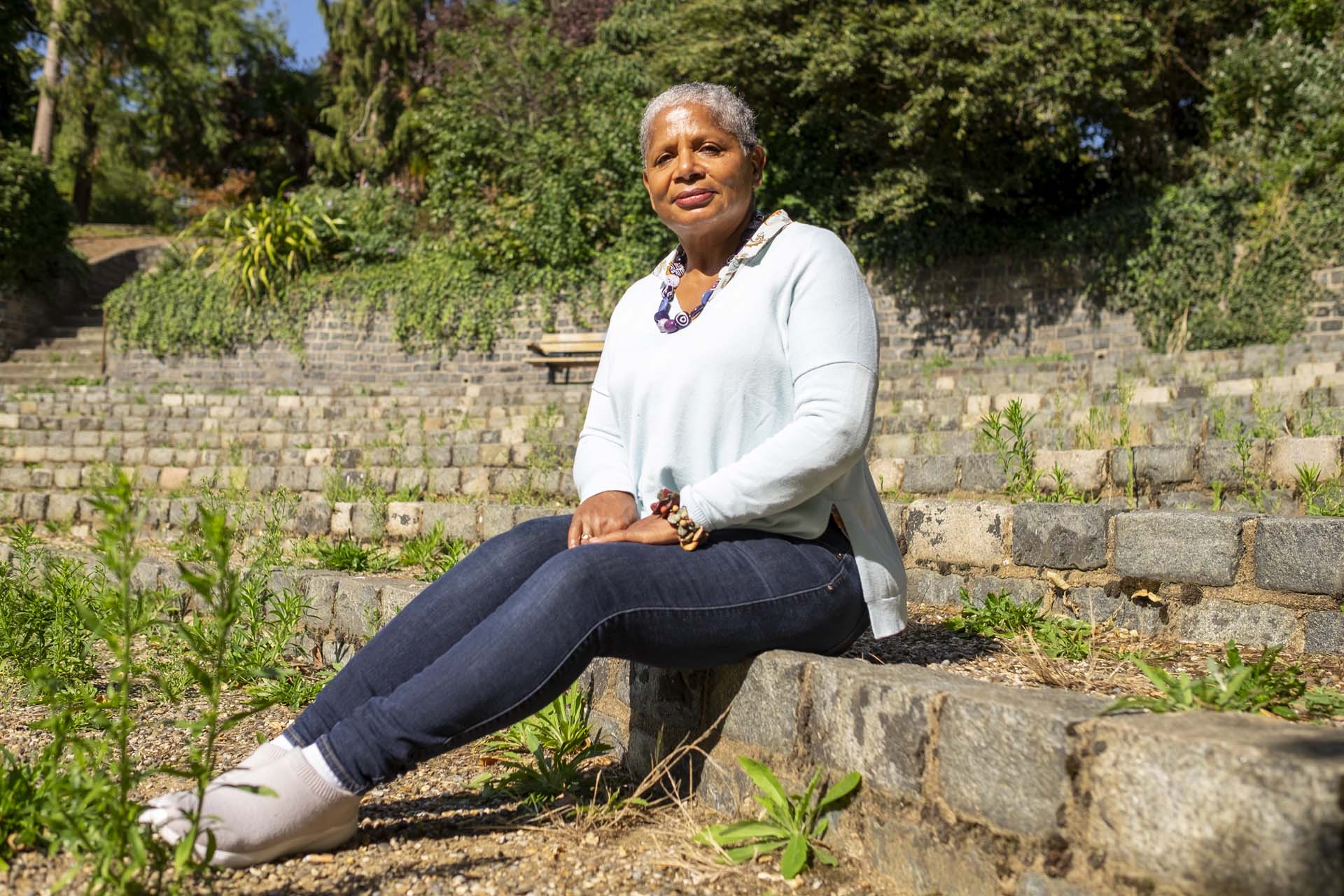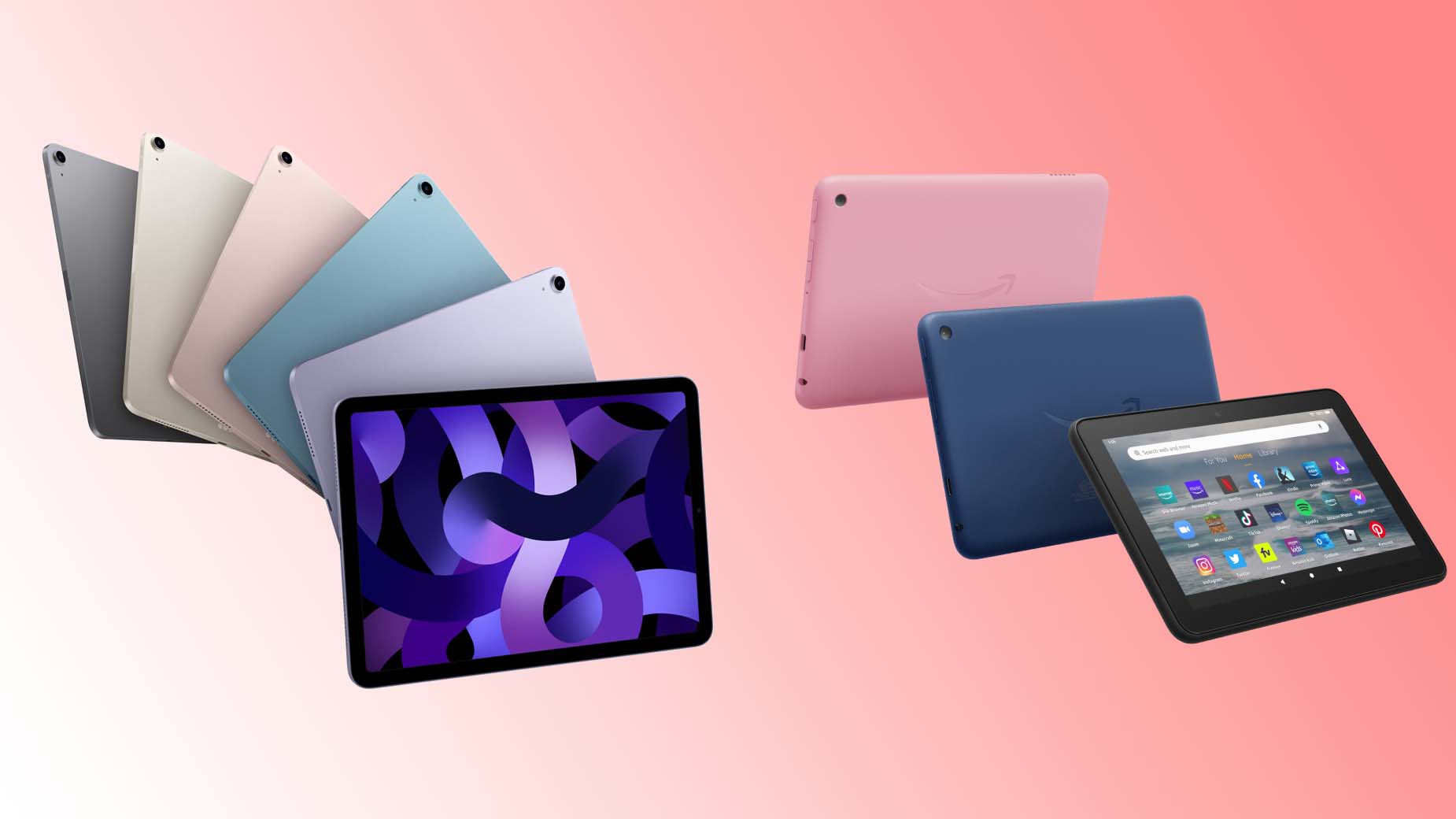
The most affordable iPad costs significantly more than the most expensive Amazon Fire tablet. So why compare them?
These are two of the most popular tablet lines, and you may be wondering what you get if you opt for the luxury iPad range over the budget favourite, Amazon Fire Tablet series.
Some key upgrades include sharper screens, better speakers, a more expensive feel and superior cameras.
However, the best reason to spend the extra cash is if you want to do more with your tablet than the basics of video streaming, occasional web browsing and the odd game session.
iPads are better placed to possibly replace your laptop, and if you or a family member wants to try the most cutting-edge mobile games or in-depth apps, an iPad is the better pick every time.

You may have heard the term “Retina” used in relation to iPhone screens before. It applies to iPads too, and means they’re made so you can’t see the pixels that make up the image. This makes text and pictures look pristine — far more so than laptops at a similar price.
The one slightly weaker link is the oldest model Apple currently sells, the iPad 9th Generation. It is the only one with a non-laminated screen, which makes the screen image look a little less immediate, a little recessed behind the top surface. Does the screen otherwise look good? Absolutely.
Amazon uses much lower-resolution displays than Apple to keep prices down.
Look close and you can see slight blockiness. This does not mean Amazon Fire HD screens are bad, though. Movies in particular look great on these displays, particularly when you consider how little they cost compared to an iPad.
The 8-inch and 10-inch Fire HD tablets are also bright, and not that much less powerful than the base iPad and iPad Air. Their brightness is comparable to that of a top-tier laptop.

If you’re looking for a tablet you can use comfortably outdoors, the pricey iPad Pro 12.9 is the screen to head to, though. It can get twice as bright as the others, and up to three times as bright when watching HDR videos.
Both iPad Pro tablets have ProMotion displays. This means the screen image refreshes at up to twice the rate of other tablet. It makes fast motion, like scrolling through menus, look a lot smoother.
An Amazon Fire versus iPad comparison also lets you appreciate the difference in look and feel between entry-level and higher-end tablets.
All Amazon Fire tablets have plastic casings, where Apple uses aluminium across the entire iPad range. iPads are thinner than Fire tablets too, which have a sort of cheerily bulbous character.
Where Amazon Fire tablets seem like practical, no nonsense entertainment devices, Apple iPads have that extra touch of class and luxury - even with the cheapest iPad.
In completely different leagues

This leads to a slightly more built-up software layout, where an iPad can look and feel very simple if you want it to. iPads feel more immediate in use as a result. And, yes, they are also legitimately faster.
We think an Amazon Fire tablets can do the basics just as well as an iPad for the budget-conscious.
Video streaming, web browsing and keeping the kids or grandkids busy with games and fun apps — Amazon nails this stuff.
It even makes Kids’ editions of its tablets. These cost more than the standard models, but include a super-sturdy bumper case and a two-year “worry-free” warranty. If young kids are going to be let loose on this tablet, an Amazon Fire may be a better bet than an iPad. Amazon also offers a Kids+ content portal, at £3.99 a month for Prime members (£6.99 for non-Prime members).
The benefits of an iPad emerge in the hands of a more demanding customer. High-end games and apps run much better on an iPad, and you have access to far more of them.
There are roughly four times as many apps on the Apple App Store as the Amazon Appstore. For example, there are brilliant art apps like Procreate, powerful music creation suites such as Cubasis and Apple’s own Garageband, which is free to use.

Amazon has the upper hand

The longest-lasting iPads are the entry-level 9th Gen 10.2 and 10th Gen iPad 10.9. Apple claims they offer up to 10 hours per charge, but they are naturally not identical in reality.
The small iPad mini does not have the shortest battery life either. It’s the iPad Air and iPad Pro 12.9 that may need charging most often. However, we think all the iPad and Amazon Fire tablets have good, all-day battery life. It’s charging that might get on some folks’ nerves.
The Amazon Fire HD 8 is the worst offender, taking five hours to recharge. You can easily improve the situation by using a better plug adapter — it’s only so slow because the bundled plug is so weak.
iPads typically take 2-3 hours to recharge. However, with several models you can get better results with Apple’s 30W and 67W adapters, designed for use with MacBooks.
Say cheese

Do you plan to use your tablet for frequent video calls? We have another surprising conclusion. The base iPad 10.9 may well be your best option.
It is the only iPad with a camera correctly positioned (it's in the middle of the longer edge) when holding or resting the tablet in a landscape orientation as you talk to someone. Apple calls it the Landscape Ultra Wide front camera.
Do that on other iPads and it will appear to the other person as if you are looking off to the side, as the front-facing camera is in the middle of the shorter edge.
All the iPads have better-quality selfie cameras than Amazon’s Fire HD tablets, and a simple-to-use FaceTime app for calls to other Apple device users.
You can also download other apps from the App Store (such as Zoom) to video call friends and family who don't have an Apple device.
All of Amazon’s Fire tablets have basic video chat cameras with low-resolution sensors. However, they are at least well-placed for landscape orientation calls, and will still offer better results than plenty of laptop webcams.

Similarly, all iPads have better rear cameras than the Amazon Fire tablets. Amazon’s low-end tablets, like the Fire 7 and Fire HD 8, have flat-out bad rear cameras.
Photo quality improves when you step up to the Fire HD 8 Plus and the Fire HD 10 models.
You see less of a disparity between iPad cameras than in Apple’s iPhones. They all have the same 12MP rear camera bar the older iPad 9th Generation, although the top-end iPad Pro has improved HDR and a second ultra-wide camera. However, if you have a good phone, it’s likely to have a better camera array than any of these tablets.
A huge difference in cost

Apple has had the advantage in most areas of this comparison. iPads are better tablets than Amazon Fire and Fire HD models in just about all respects. Amazon never really argued otherwise, though. These tablets are for folks who can’t, or don’t want to, splash out iPad money on a tablet.
The low-end Fire 7 is the cheapest tablet from a major manufacturer at £65. Even the higher-end Amazon Fire HD 10 Plus starts at less than half the cost of the cheapest iPad.
Keep an eye out for Amazon sales too. They are fantastic, and often see tablets reduced by as much as 50% — you will never see these sorts of discounts for a new iPad.
We have also seen slight price rises in Apple’s range. In October 2022, the 9th Generation iPad went from £319 to £369, even though it became a “previous generation” model at that same point. It’s still the most affordable new iPad you can buy, but inflation may make it seem less tempting than it once was.
Shop around online if you will be satisfied with this “entry level” iPad. As we write this you can find it at its old, lower price, from places other than the Apple Store online.
iPad minis are pricier than they used to be too. And at £899, you could buy an excellent Windows laptop for the cost of the most affordable iPad Pro 11.
Really, it all comes down to your budget. How much are you willing to spend on a tablet?
For under £200, Amazon's Fire tablets offer a solid experience for web browsing, emails, social media and video streaming. They're no frills, but get the job done.
The range-topping Fire HD 10 Plus will offer you the best all-round experience thanks to its additional power (an extra 1GB of RAM) and larger display.
Yet, at £60, the entry-level Fire 7 represents decent value for money for those just looking for a bigger screen than their phone's for use around the home or on the move.
For a premium tablet experience, Apple's iPad range can't be topped.
If you don’t need the frankly alarming power of Apple’s top-tier iPads, the 10th Generation iPad 10.9 offers a great balance of features and value that will suit most people.
Its screen is excellent, and it has as much pep as the most powerful Android tablets. The large display is perfect for the more ambitious iPad use cases like music creation and digital art.
Apple makes a Magic Keyboard for this 10th Generation iPad, so it can function as a laptop-replacer as well.
That said, the iPad Pro 12.9 is the model we’d recommend if you want to work all day through your iPad's screen. Its extra display space, the less crammed-in keyboard, and its incredible screen should not be undervalued. Plus its Apple M2 processor prepares the tablet beautifully for the future development of the iPadOS software.
You should also consider the iPad mini for pure portable use. If you just want something like your phone but larger, for big-screen thrills, it is fantastic. And it is also more powerful than the iPad 10.9, which may come as a surprise.
Andrew Williams is a contributor to Saga Magazine. Andrew has been a technology journalist for more than a decade, writing thousands of articles on consumer advice, how tech is made and how it affects our lives.
Andrew has written for many of largest tech publications including Wired, TechRadar, What Hi-Fi, T3, Stuff, Forbes and others.
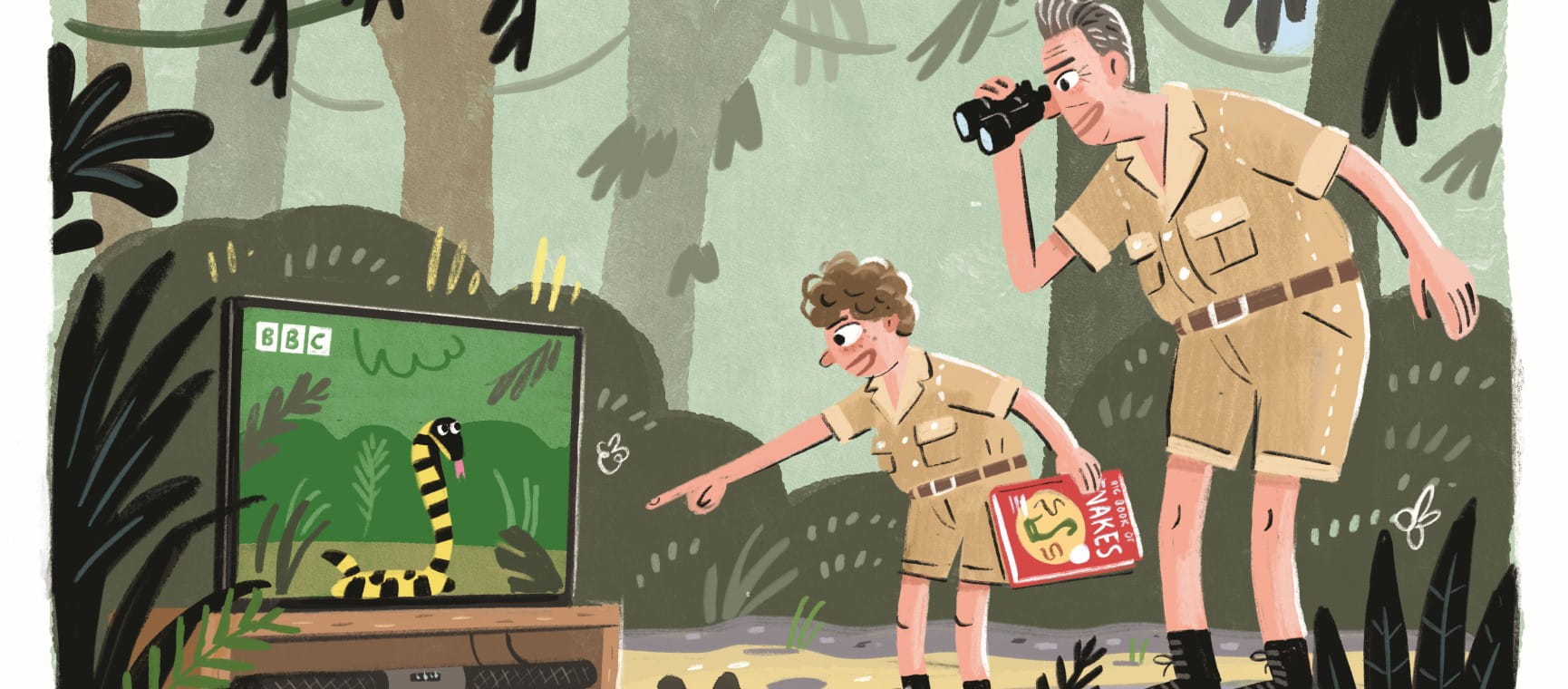
Our columnist wonders whether 24-hour TV is doing our grandchildren more harm than good?
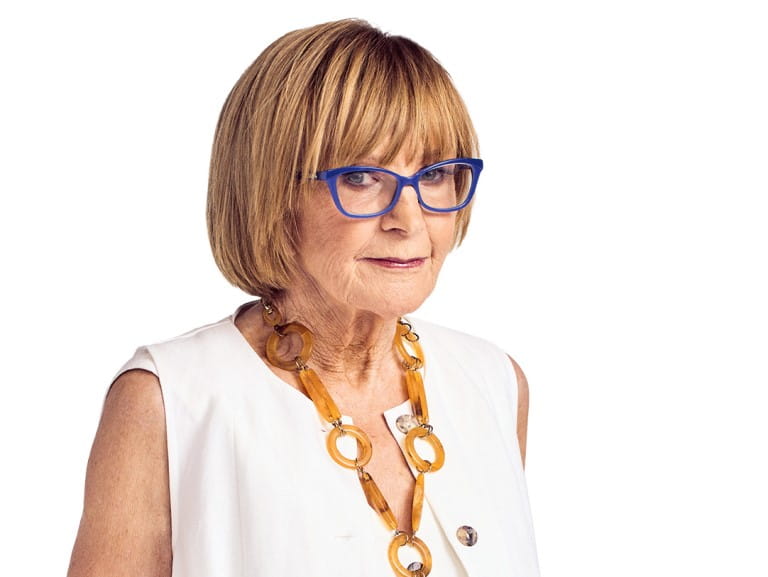


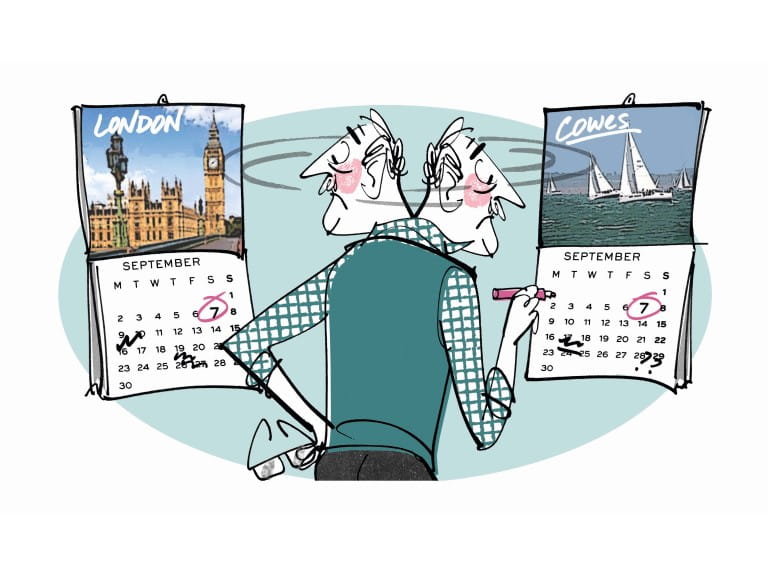
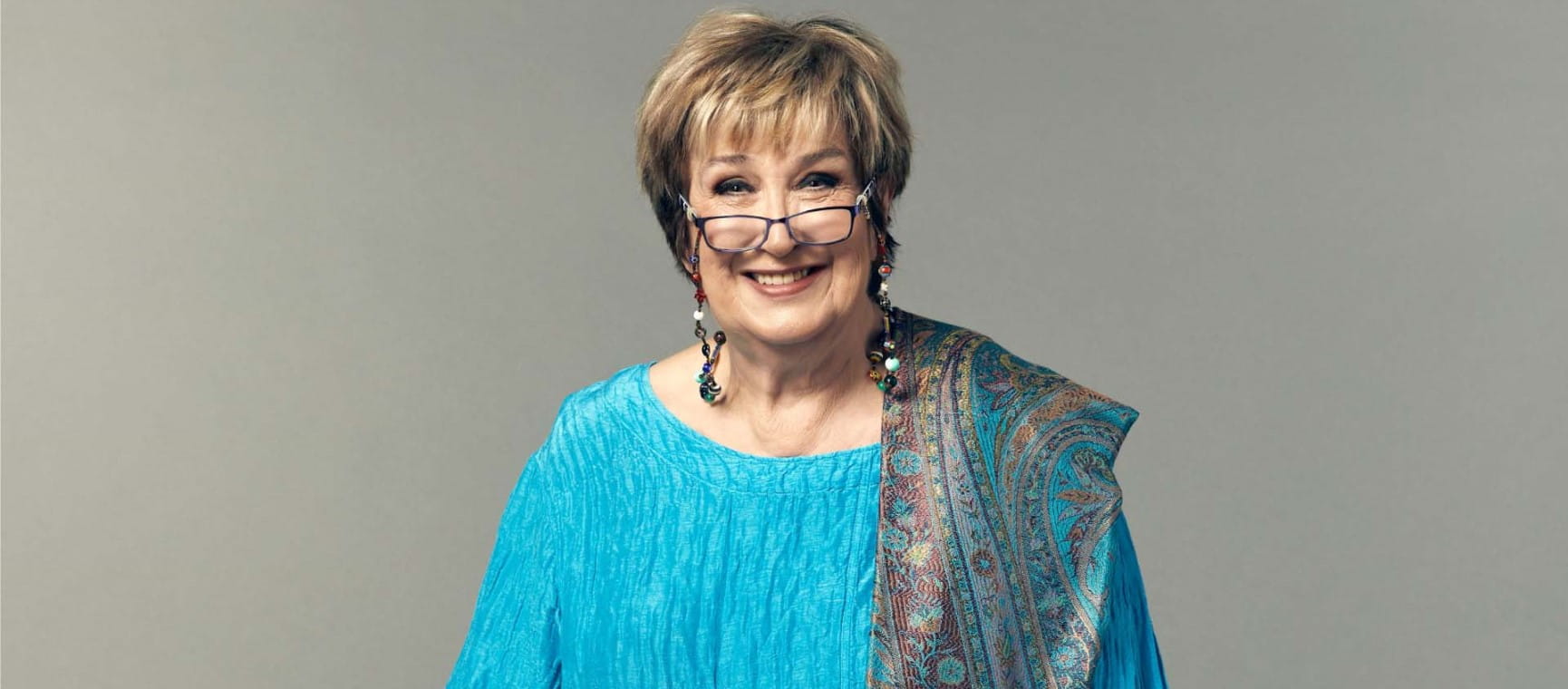
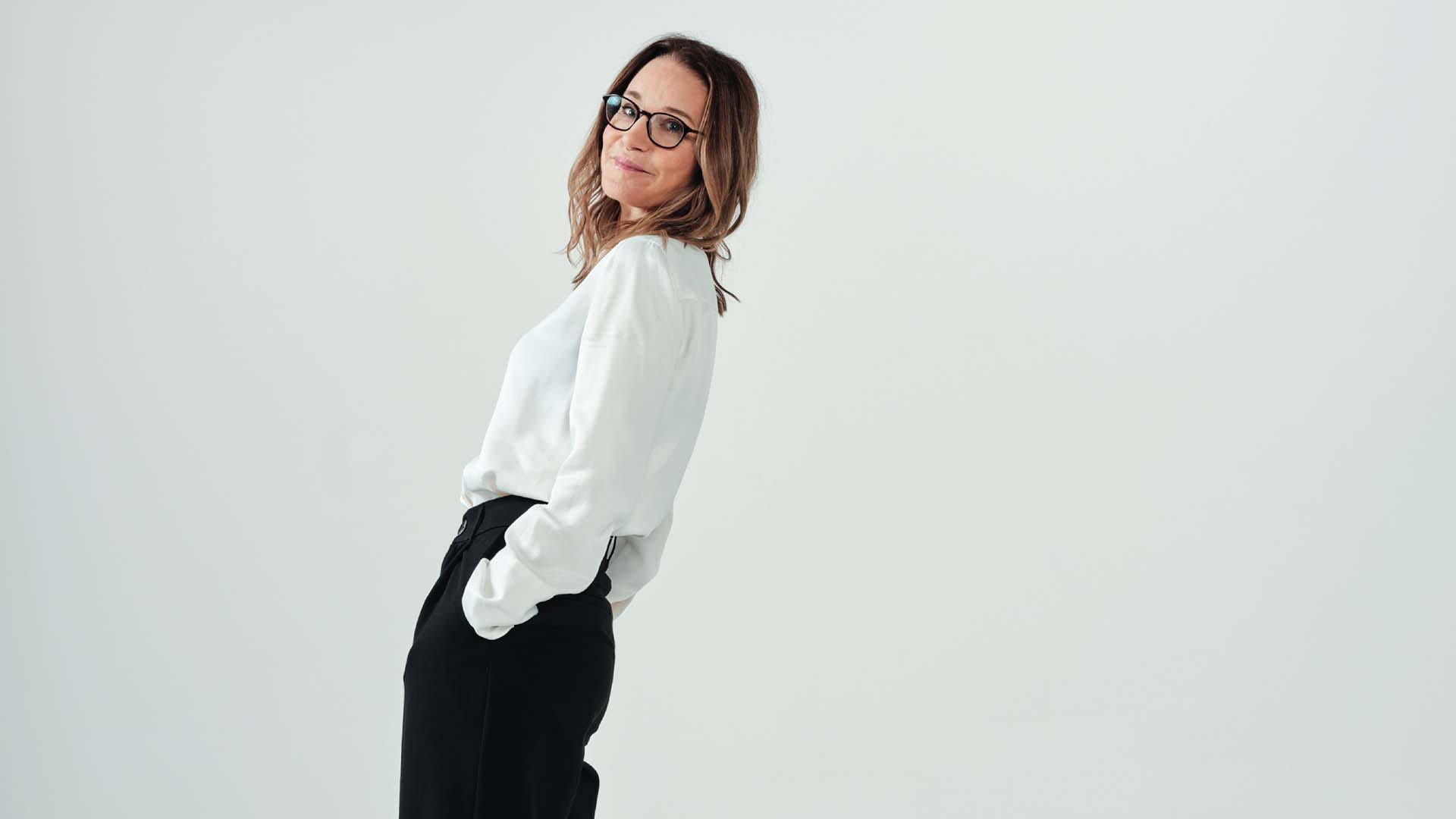
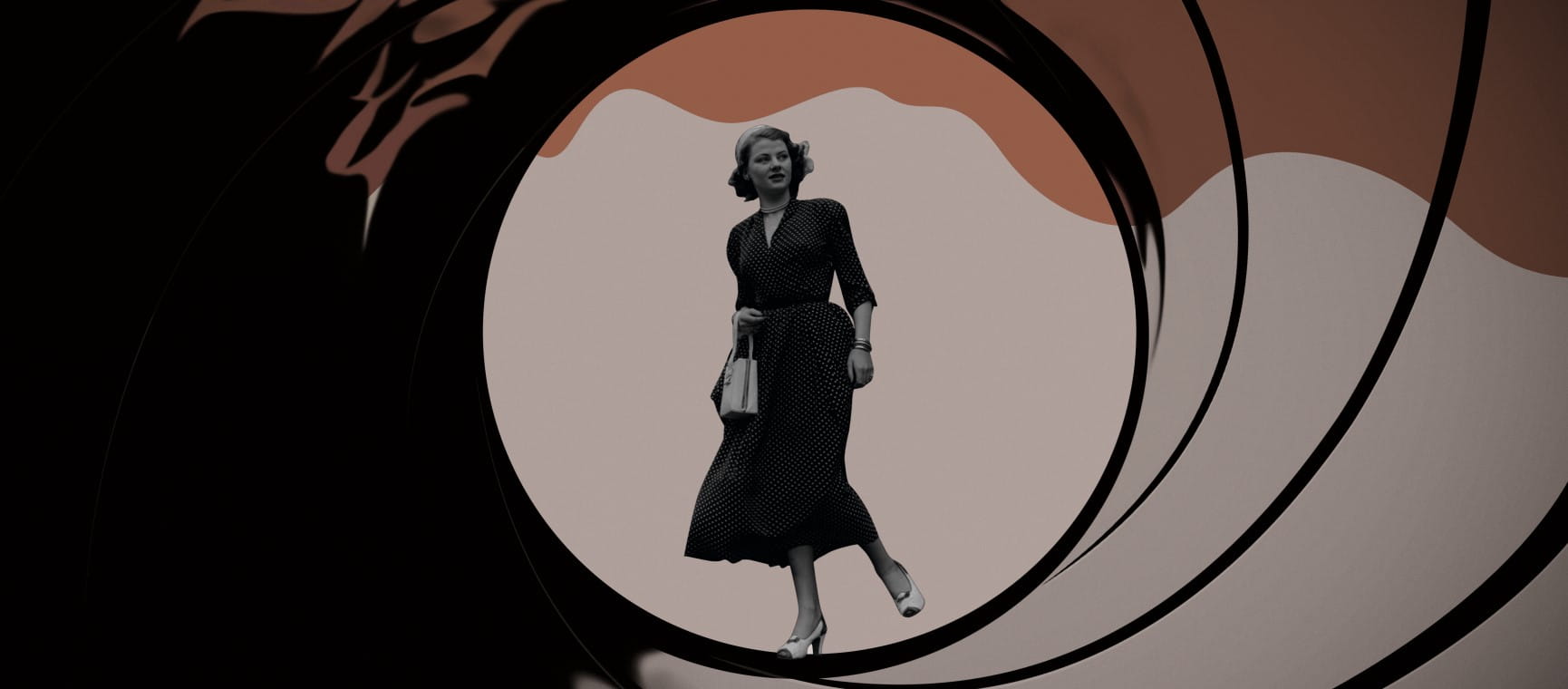
Women in the intelligence services did more than just take notes and chide flirtatious spies - many had real power and ran missions.
